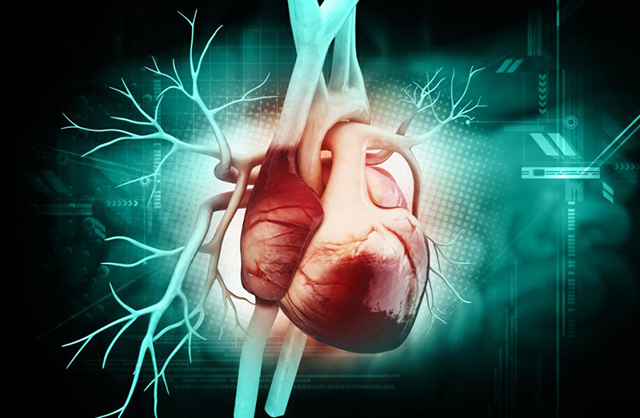
Regenerating heart tissue could revolutionize heart attack recovery. Photo courtesy of Shutterstock
A breakthrough discovery in cell regeneration may soon change the treatment options for heart attack patients. Doctors have succeeded in regenerating the heart cells of mammals. Although, for now, this feat was only accomplished in lab mice, doctors believe they will be able to confirm in as little as five years if the technique works in humans.
Human blood, skin, and hair cells constantly regenerate throughout our lifespan, but the same is not true for heart cells, which stop regenerating soon after birth. This biological limitation does not exist in all animals. Salamanders and zebrafish, for example, are able to easily regenerate their heart cells throughout their lives. Researchers at the Weizmann Institute of Science in Israel and the Victor Chang Institute in Australia, however, believe they have figured out a way to replicate this natural ability in a recent study.
Neuregulin is a hormone which stimulates heart cells to begin dividing. Although the natural production of this hormone usually stops being produced very shortly after birth in both mice and humans, the researchers have discovered a way to side-step this. As reported by The Guardian, the team found that stimulating a particular system in the heart of mice triggered the production of neuregulin and caused the adult mice to regenerate heart cells.
The inability to regenerate heart cells is a particular problem for those who have suffered serious heart attacks. Heart attacks occur as a result of coronary heart disease. When plaque builds up in the arteries they will eventually burst and form a blood clot. If the clot becomes large enough, it can block flow to the heart and cause tissue to die.
While patients who experience flesh wounds or blood loss can expect the body to regenerate itself, heart attack patients must live with their damaged tissue for the remaining duration of their lives. According to the American Heart Association, sometimes the tissue may not be obvious, but sometimes it causes long-lasting damage and will become weaker and unable to pump blood as well as before. Researchers hope the new finding can help to one day change that.
In order to test if the technique could also restore heart cells lost in a heart attack, the team triggered the pathway following a heart attack in the mice. The mice’s hearts began to regenerate the lost muscle tissue, repairing the heart to a level close to that prior to the attack.
"This is such a significant finding that it will harness research activities in many labs around the world, and there will be much more attention now on how this neuregulin-response could be maximized," said Professor Richard Harvey, a researcher involved on the study from the Victor Change Institute explained, as reported by The Guardian.
